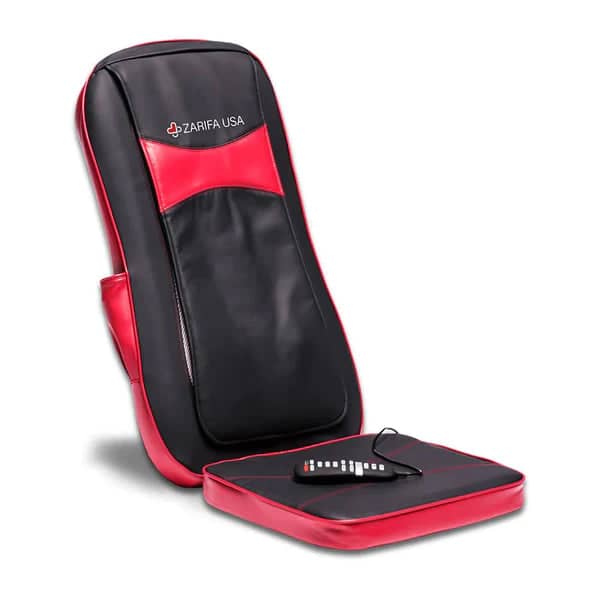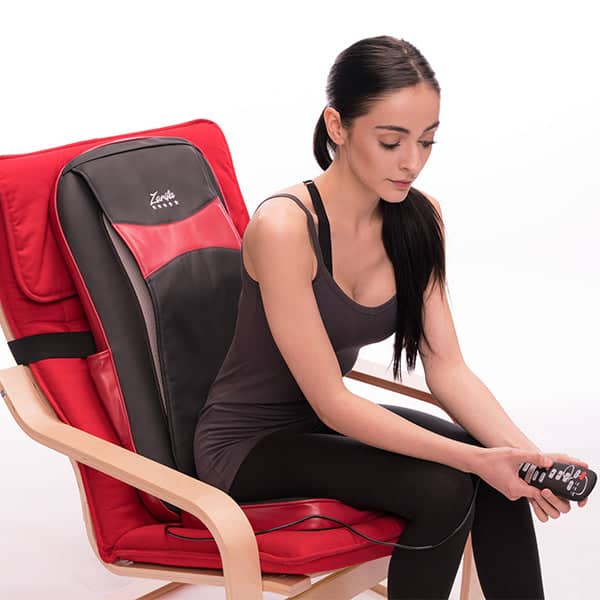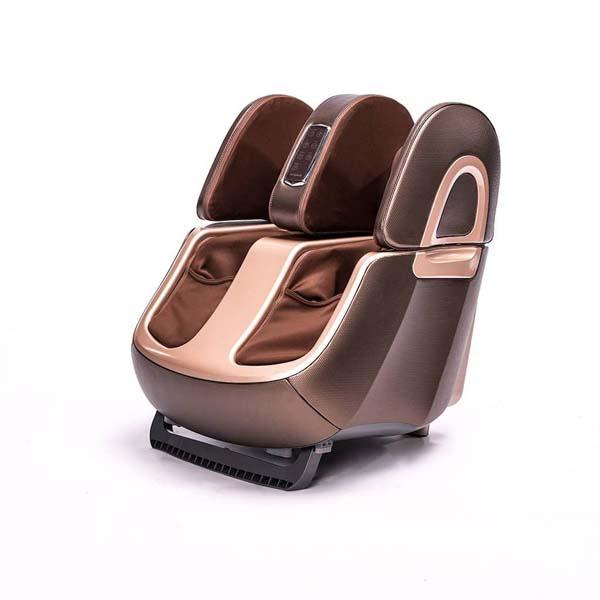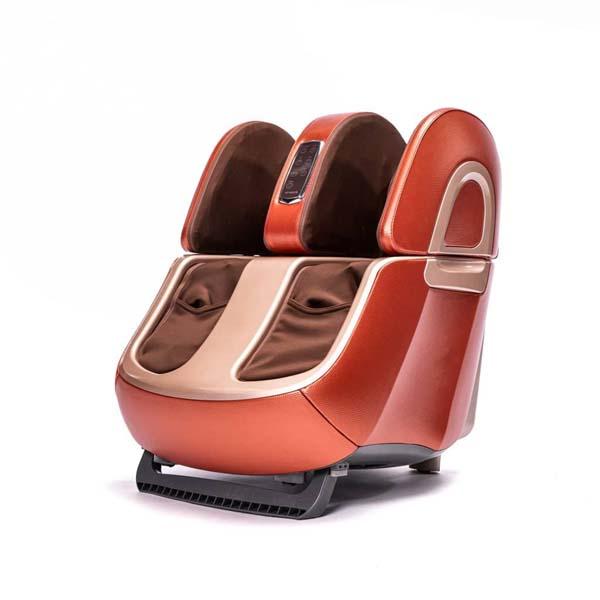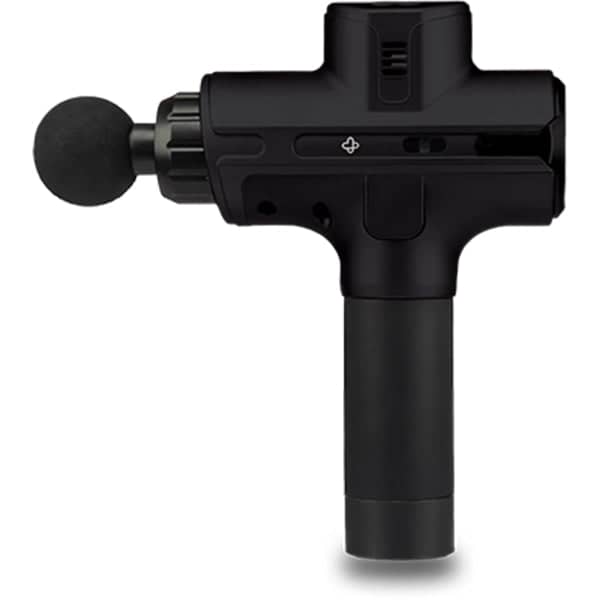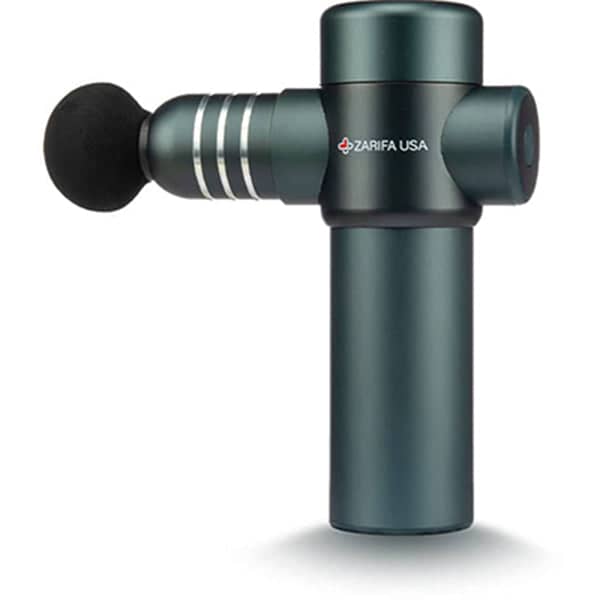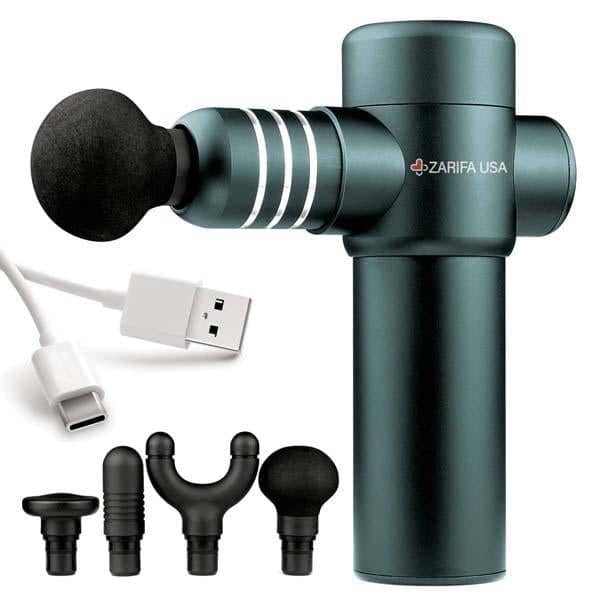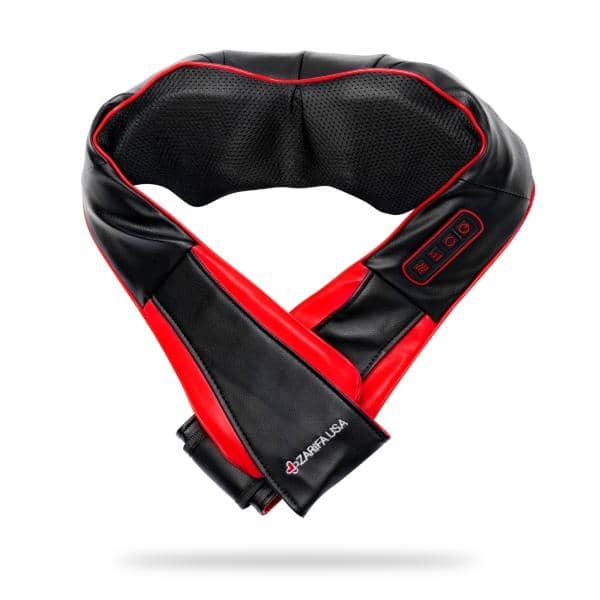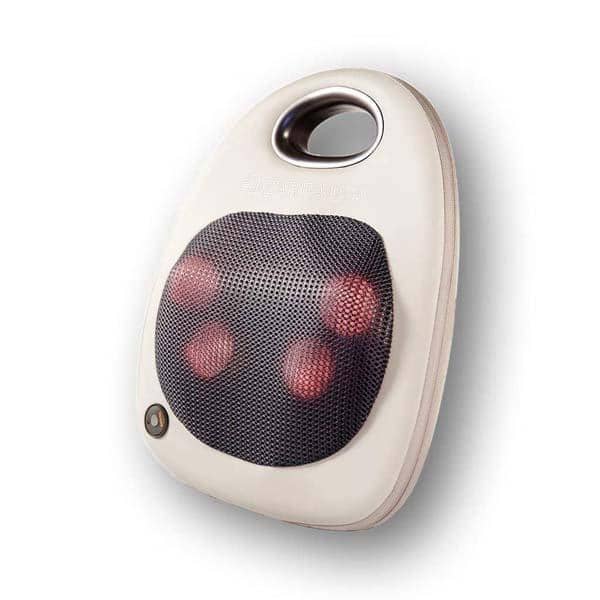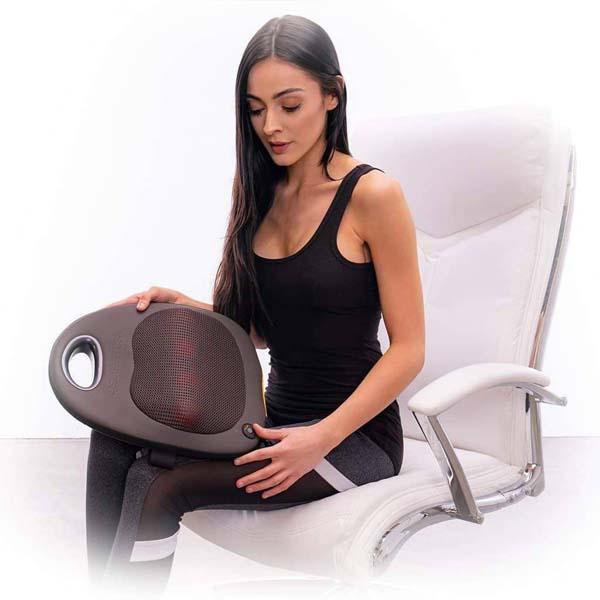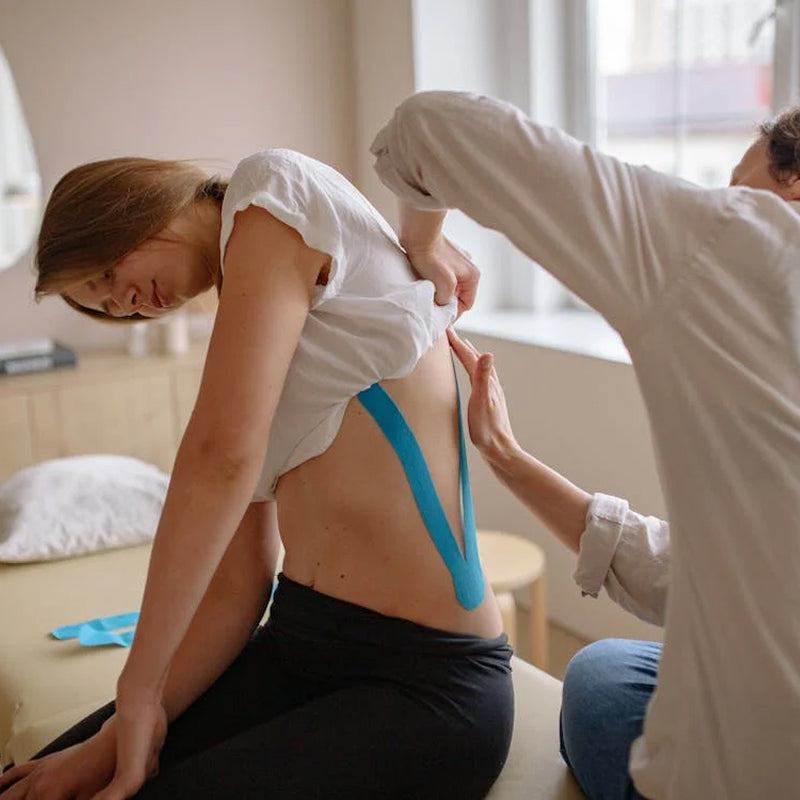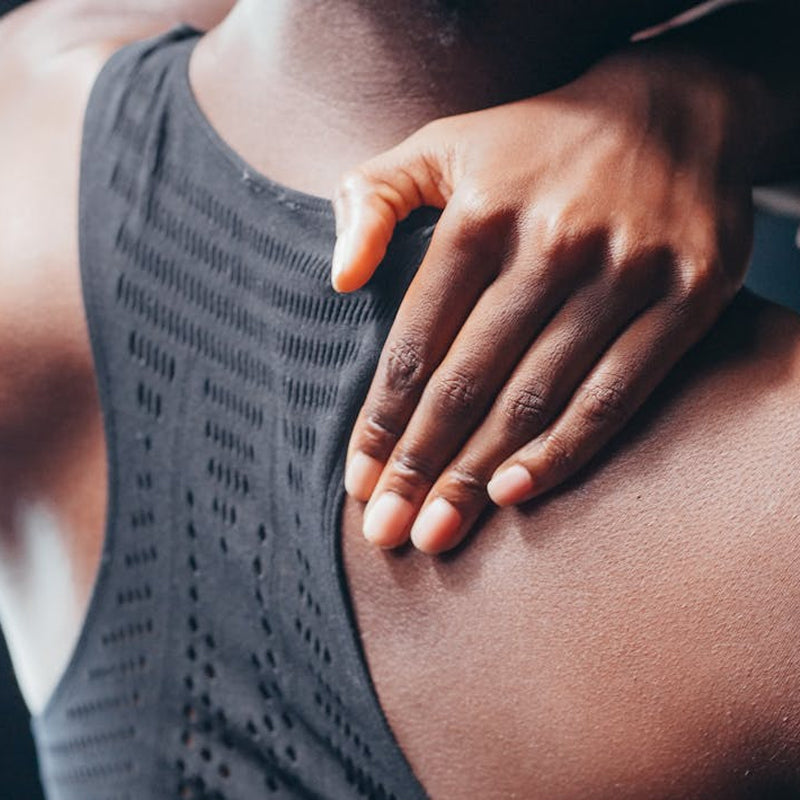THE BENEFITS OF KNEADING MASSAGE
Kneading is a highly effective massage technique known for its versatility and therapeutic effects. It works by applying alternating pressure to superficial and deep tissues, which helps treat tight muscles, improve flexibility, and decrease muscle pain. Beyond these physical benefits, kneading also offers mental relief by reducing stress and promoting relaxation. The benefits of massage, particularly kneading, extend to various health advantages, including promoting relaxation, alleviating muscle tension, and addressing specific health conditions. Whether used in physical therapy or for general relaxation, kneading is a cornerstone in achieving overall muscle health. The health benefits of kneading massage play a significant role in overall wellness, making it increasingly recognized among aging populations.
By incorporating kneading massage into your wellness routine, you can experience enhanced muscle recovery, reduced muscle soreness, and improved joint mobility. This makes it especially beneficial for those involved in physical activity or anyone experiencing muscle tightness due to daily stress or postural imbalances. Let’s dive deeper into what kneading entails and how it benefits the body.
HEATING HELPS IN MASSAGE THERAPY!
Adding heat to kneading massage can amplify its benefits. Heat helps relax the muscles and increases blood flow to the treated area, which enhances the effectiveness of kneading. This combination of heat and massage is particularly helpful in reducing muscle stiffness and aiding in the healing of sore or injured tissues. Heated foot massagers or heated massage chairs are popular for this reason, as they combine heat with kneading to provide a powerful and effective massage experience. Hot stone massage is another example, where warmed stones are strategically placed on acupressure points to enhance relaxation and alleviate muscle tension.
Heat also works to stimulate the nervous system, encouraging the release of endorphins, which are natural pain relievers. When combined with kneading, it can create a soothing, therapeutic effect that reduces discomfort and helps you feel more relaxed and rejuvenated.
KNEADING: A DEFINITION
Kneading is classified under the category of Petrissage movements, which are part of the basic massage techniques essential for performing massages that emphasize relaxation and stress relief. Petrissage refers to a group of massage techniques that involve the manipulation of soft tissues, such as muscles and skin, to improve their flexibility and reduce tightness. Specifically, kneading involves compressing the soft tissues against each other or against the underlying bone, which stimulates blood flow and promotes relaxation.
This technique also helps in breaking down adhesions, which are areas where the muscles and tissues have become stuck together due to scar tissue or inflammation. By breaking down these adhesions, kneading helps improve overall tissue mobility, making it easier for muscles to glide past each other smoothly. This, in turn, contributes to greater flexibility and reduced pain in the targeted area.
THE SCIENCE BEHIND PETRISSAGE MOVEMENTS IN DEEP TISSUE MASSAGE
Petrissage movements like kneading are used to address deeper muscle layers and connective tissues. The pressure applied during these movements encourages the removal of toxins and metabolic waste from the muscles, which is essential for maintaining muscle health and function. As a result, the circulation of oxygen-rich blood is improved, promoting the delivery of essential nutrients that help with muscle repair and recovery. Similarly, deep tissue massage is a technique that also focuses on deeper muscle layers and connective tissues, providing therapeutic benefits for chronic tension and muscle injuries.
Kneading and other Petrissage movements are often used in rehabilitation settings, as they not only provide pain relief but also help strengthen the muscles and connective tissues. This makes them particularly valuable for individuals recovering from injuries or those who suffer from chronic conditions like arthritis, which affect the flexibility and mobility of joints.
CIRCULAR TECHNIQUES IN KNEADING
Kneading is a circular technique in which the skin and its underlying structures are manipulated in a rotational motion. This movement targets muscles, tendons, ligaments, and bones, effectively working on both superficial and deep tissues. During kneading, the therapist lifts and rolls the tissues away from the bone before pressing them back toward the bone with a squeezing compression action.
The effectiveness of kneading depends on the use of different parts of the therapist’s hands, such as the thumbs, fingers, or palms, to suit the area of the body being worked on. For larger muscles like those in the back, the therapist may use the palm, whereas for smaller areas like the neck, the fingertips may be employed. The circular nature of kneading allows for uniform pressure application, which helps loosen tight muscle fibers and reduce stiffness. Another technique, trigger point massage, targets specific areas to alleviate muscle tension and improve blood flow.
VARIATIONS OF KNEADING
There are several variations of kneading that can be adapted to suit different areas of the body. For larger muscle groups, such as the thighs or back, the entire hand or palm is often used to apply more pressure. In contrast, smaller muscle groups, such as the neck or shoulders, can benefit from more precise kneading using the fingertips or thumbs. This versatility makes kneading highly effective for treating specific areas of tension and addressing unique muscular needs. Techniques like shiatsu massage employ rhythmic pressure on specific acupressure points, enhancing stress relief and pain management. Similarly, Swedish massage, known for its gentle full-body approach with long, gliding strokes, offers relaxing and energizing effects.
Additionally, the speed and intensity of kneading can be varied based on the individual’s tolerance and the specific goals of the treatment. Faster kneading can be invigorating, helping to energize the muscles, while slower, deeper kneading provides a more relaxing effect that aids in reducing chronic tension.
SELF-MASSAGE TECHNIQUES FOR KNEADING
Kneading is a fundamental technique in massage therapy that can be effectively performed as a self-massage to relieve muscle tension and promote relaxation. Here are some self-massage techniques for kneading that you can try at home:
-
Petrissage: This technique involves using your fingertips or palms to apply gentle to firm pressure to specific areas of the body, such as the neck, shoulders, and back. Use long, flowing strokes to knead the muscles and promote relaxation. Petrissage helps in loosening tight muscles and improving blood circulation, making it a great way to unwind after a long day.
-
Kneading with a Foam Roller: A foam roller is an excellent tool for self-massage kneading. Place the foam roller under your body and use your weight to apply pressure to specific areas, such as the IT band or quadriceps. Roll slowly back and forth to knead the muscles and release tension. This technique is particularly effective for larger muscle groups and can help in reducing muscle soreness after exercise.
-
Kneading with a Tennis Ball: A tennis ball is a small, portable tool that can be used to knead specific areas of the body, such as the shoulders or lower back. Place the tennis ball on the affected area and use your body weight to apply pressure. Move the ball in circular motions to target muscle knots and relieve tension. This method is great for pinpointing smaller, hard-to-reach areas.
-
Kneading with Your Fingers: Use your fingers to apply gentle to firm pressure to specific areas of the body, such as the neck or shoulders. Use long, flowing strokes to knead the muscles and promote relaxation. This technique allows for precise control over the pressure and can be easily adjusted to suit your comfort level.
Remember to always use gentle pressure and listen to your body. If you experience any pain or discomfort, stop immediately. Self-massage should be a soothing and relaxing experience, helping you to alleviate muscle tension and promote overall well-being.
FINDING A QUALIFIED MASSAGE THERAPIST
Finding a qualified massage therapist is essential to ensure that you receive a safe and effective massage. Here are some tips to help you find a qualified massage therapist:
-
Check Credentials: Look for a massage therapist who is licensed or certified by a reputable organization, such as the American Massage Therapy Association (AMTA). This ensures that the therapist has met the necessary educational and professional standards.
-
Check Experience: Look for a massage therapist who has experience working with clients with concerns similar to yours, such as chronic pain or muscle tension. An experienced therapist will be better equipped to address your specific needs and provide effective treatment.
-
Check Reviews: Check online reviews from other clients to get a sense of the massage therapist’s skills and bedside manner. Positive reviews can give you confidence in the therapist’s abilities, while negative reviews can be a red flag.
-
Ask Questions: Don’t hesitate to ask the massage therapist about their experience, techniques, and approach to massage therapy. Some questions to consider include:
-
What experience do you have working with clients with concerns similar to mine?
-
What techniques do you use in your massage practice?
-
How will you tailor the massage to my specific needs and concerns?
-
What kind of pressure do you use in your massage practice?
-
Do you have any experience working with clients with chronic pain or muscle tension?
-
Check Insurance: If you have insurance that covers massage therapy, check if the massage therapist accepts your insurance plan. This can help reduce out-of-pocket costs and make regular massage therapy more affordable.
By following these tips, you can find a qualified massage therapist who can provide safe and effective treatment, helping you to relieve muscle tension and improve your overall well-being.
SAFETY TIPS FOR KNEADING MASSAGE
Kneading massage can be a safe and effective way to relieve muscle tension and promote relaxation, but it’s essential to follow some safety tips to avoid injury or discomfort. Here are some safety tips for kneading massage:
-
Use Gentle Pressure: Always use gentle pressure, especially when working on sensitive areas, such as the neck or lower back. Applying too much pressure can cause discomfort or injury, so it’s important to start with light pressure and gradually increase as needed.
-
Listen to Your Body: If you experience any pain or discomfort, stop immediately and adjust your pressure or technique. Massage should never be painful, and it’s important to listen to your body’s signals to avoid injury.
-
Avoid Sensitive Areas: Avoid kneading sensitive areas, such as the joints or bony prominences. These areas are more prone to injury and should be treated with extra care.
-
Use Proper Technique: Use proper technique when kneading, such as using long, flowing strokes and avoiding jerky or bouncy movements. Proper technique ensures that the massage is effective and reduces the risk of injury.
-
Communicate with Your Massage Therapist: If you’re receiving a massage from a professional, communicate with them about any areas of tension or discomfort. A good massage therapist will adjust their technique and pressure to suit your needs, ensuring a safe and effective massage.
Some common mistakes to avoid when kneading include:
-
Using too much pressure, which can cause discomfort or injury.
-
Kneading too aggressively, which can cause muscle strain or injury.
-
Kneading sensitive areas, such as the joints or bony prominences.
-
Not listening to your body and continuing to knead despite discomfort or pain.
By following these safety tips and using proper technique, you can enjoy the benefits of kneading massage while minimizing the risk of injury or discomfort.
WHAT ARE THE BENEFITS OF MASSAGE KNEADING?
Kneading has numerous benefits for both physical and mental health. One of the primary advantages is its ability to relieve pain, particularly in areas like the back and feet. Below are some of the most notable advantages:
At the end of section 6.5: Additionally, kneading massage offers significant mental health benefits by reducing stress and anxiety, thereby enhancing overall well-being.
1. Decreased Muscle Tension
Kneading is incredibly effective at reducing muscle tension, making it a popular choice for those dealing with muscle stiffness and discomfort. The alternating pressure used during kneading helps stretch and mobilize the muscle fibers, allowing for a significant reduction in tension. The kneading action also helps release muscle knots, which are points of tension that often lead to discomfort and limited movement.
By decreasing muscle tension, kneading can also enhance relaxation and reduce stress. The physical release of muscle tightness has a direct impact on the nervous system, helping you feel calmer and more at ease. This effect is particularly beneficial for individuals who carry a lot of stress in their bodies, such as those with high-pressure jobs or physically demanding lifestyles. Trained massage therapists play a crucial role in effectively applying kneading techniques to reduce muscle tension, utilizing their expertise to better serve their clients.
2. Increased Muscle Flexibility
Flexibility is crucial for maintaining overall mobility and preventing injuries. Kneading helps increase the flexibility of muscles by stretching and elongating the muscle fibers. When pressure is applied to the muscles during kneading, the fibers are encouraged to lengthen and move more freely. This helps improve overall muscle elasticity, which is important for maintaining good posture, balance, and range of motion. Therapeutic massage can also enhance muscle flexibility and overall mobility by targeting specific health conditions and tailoring the approach to individual needs.
The increase in flexibility provided by kneading also plays a role in enhancing athletic performance and reducing the risk of injuries. Flexible muscles are less likely to tear or strain during physical activities, making kneading a valuable tool for athletes and active individuals. Whether you’re preparing for a workout or simply want to maintain flexibility as you age, kneading massage is an effective way to keep your muscles limber and resilient.
3. Pain Relief
Another significant benefit of kneading is its ability to reduce muscle pain. The pressure applied during kneading manipulates the muscle fibers, helping to alleviate soreness and discomfort. By increasing circulation to the affected area, kneading also aids in delivering oxygen and nutrients to the tissues, which speeds up the healing process and provides pain relief.
Kneading is particularly helpful for individuals suffering from conditions like arthritis, muscle spasms, or chronic pain. It provides a non-invasive way to manage pain without the need for medication. Whether it's localized muscle pain or general discomfort, kneading can be a powerful tool in promoting pain relief and enhancing overall comfort.
4. Improved Blood Circulation
Kneading also enhances blood flow throughout the body, particularly to the areas being treated. The pressure and movements involved in kneading help dilate blood vessels, allowing for better circulation. Improved blood flow ensures that oxygen and nutrients are efficiently delivered to muscle tissues, which aids in recovery and keeps the muscles healthy.
Better circulation also helps remove metabolic waste and toxins that accumulate in the muscles, especially after physical activity. This process reduces the risk of muscle fatigue and soreness, making kneading an excellent addition to an active lifestyle. With improved circulation, you’ll not only experience relief from muscle pain but also notice increased energy levels and overall vitality.
5. Reduced Stress and Anxiety
Massage in general, including kneading, is known for its ability to reduce stress and promote relaxation. Kneading helps stimulate the parasympathetic nervous system, which is responsible for promoting a sense of calm and relaxation. The rhythmic movements involved in kneading can help lower the production of stress hormones, such as cortisol, and increase the production of endorphins, the body's natural mood elevators.
Reduced stress levels have a profound impact on overall health, including better sleep, improved immune function, and enhanced mental well-being. By incorporating kneading massage into your regular routine, you can effectively manage stress and improve your quality of life.


